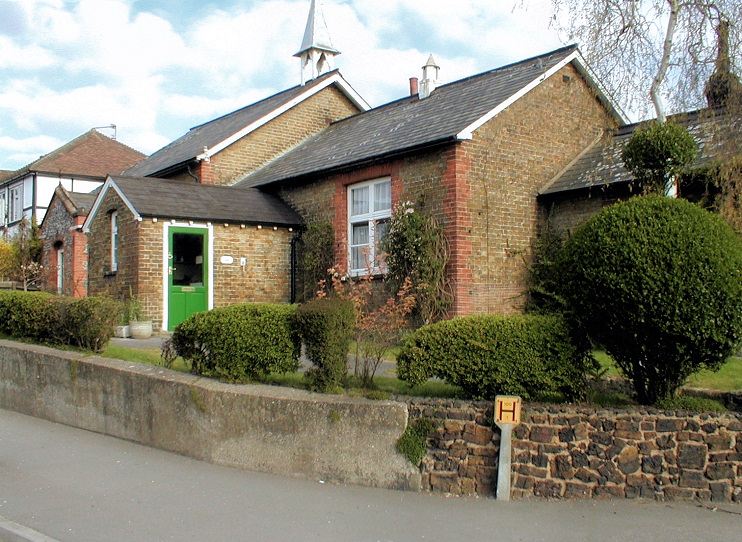Blendon
Blendon, Bexley
A pleasant suburban locality situated midway between Bexleyheath and Sidcup

This was Bladindon in 1240, probably ‘hill associated with a man called Blǣda’. The first known resident was Jordan de Bladindon, who built a house here in the 14th century. In the 1650s the house’s Royalist owners had to mortgage the estate to pay a fine imposed on them after the Civil War, but they regained possession following the Restoration.
The house later came into the hands of Jacob Sawbridge, an MP and director of the South Sea Company, whose collapse in 1720 owing to speculation mania caused a national financial crisis.
A new Blendon Hall was erected in 1763, accompanied by significant improvements to the 90-acre grounds.
Marked with a pink pin on the map below, Jays Cottages were built at the end of the 18th century or the beginning of the 19th. This small row of elegantly simple homes is the oldest surviving group of buildings in Blendon and is grade II listed.
The Three Blackbirds public house has been in existence since at least 1832. Most of the pub was destroyed by fire c.1890 and it was afterwards rebuilt much as it had been before.
Like most of the surrounding area, the construction of the Rochester Way was the catalyst for Blendon’s suburbanisation. Blendon Hall and grounds were put up for sale in 1929 and bought for £29,000 by DC Bowyer, a prominent local builder.
Bowyer’s homes attracted middle-class buyers, but the new residents were not rich enough to fulfil his hopes of converting Blendon Hall into a private school, so the 20-bedroom mansion was demolished and replaced by more housing.
The Blendon and Penhill ward has a high proportion of married, Christian owner-occupiers, who are overwhelmingly of white British origin.
